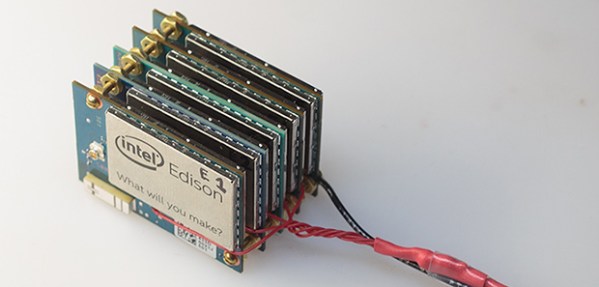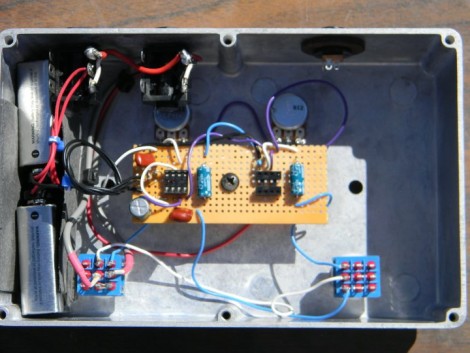The Intel Edison is an incredibly small and cheap x86 computing platform, and with that comes the obvious applications for robotics and wearable computing. [mz] had another idea: what if the Edison could do work that is usually done by workstations? Would it make economic sense to buy a handful of Edisons over a single quad-core Xeon system?
[mz] thought the Edison would be an ideal platform for fuzz testing, or sending random, automated data at a program or system to figure out if they’ll misbehave in interesting ways. After figuring out where to solder power and ground wires to boot an Edison without a breakout board, [mz] got to work benchmarking his fuzz testing setup.
Comparing the benchmarks of a fuzzing job running on the Edison and a few servers and workstations, calculations of cost-efficiency worked out well for this tiny x86 system on module. For parallelizable tasks, the Edison is about 8x less powerful than a reasonably modern server, but it’s also about 5-8x cheaper than a comparable desktop machine. Although renting a server is by far the more economic solution for getting a lot of computing power easily, there are a few use cases where a cluster of Edisons in your pocket would make sense.













